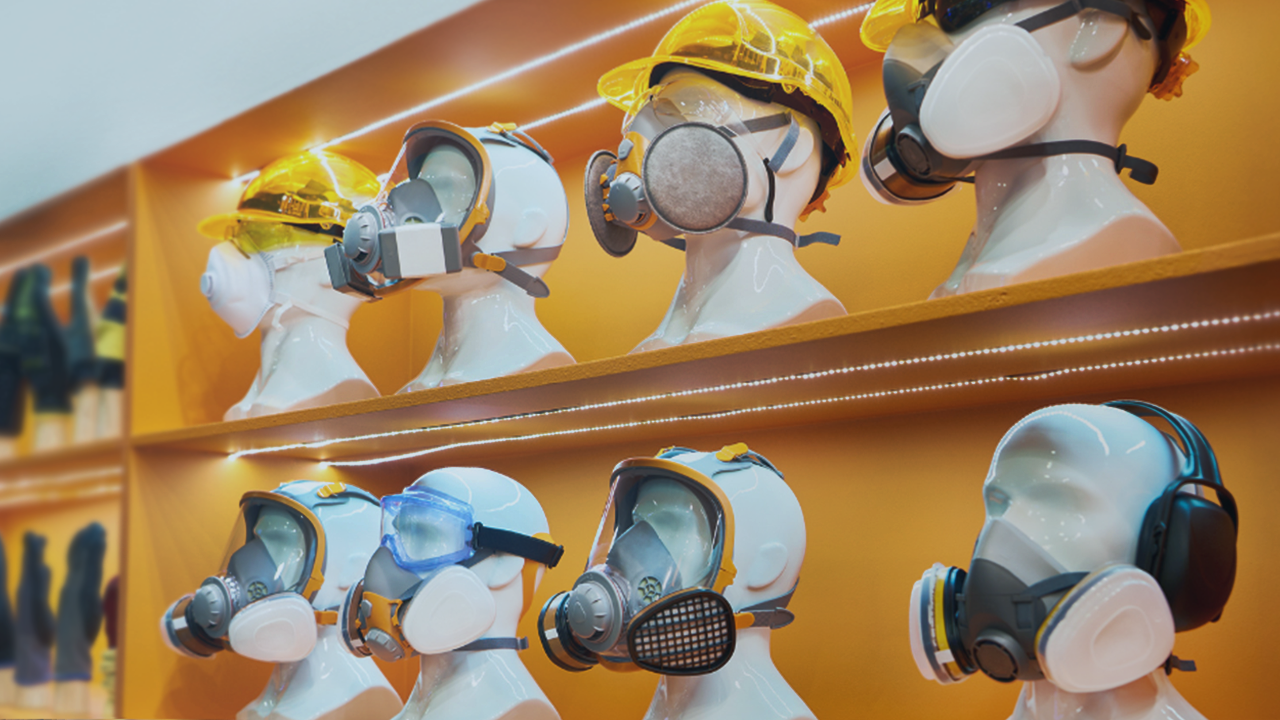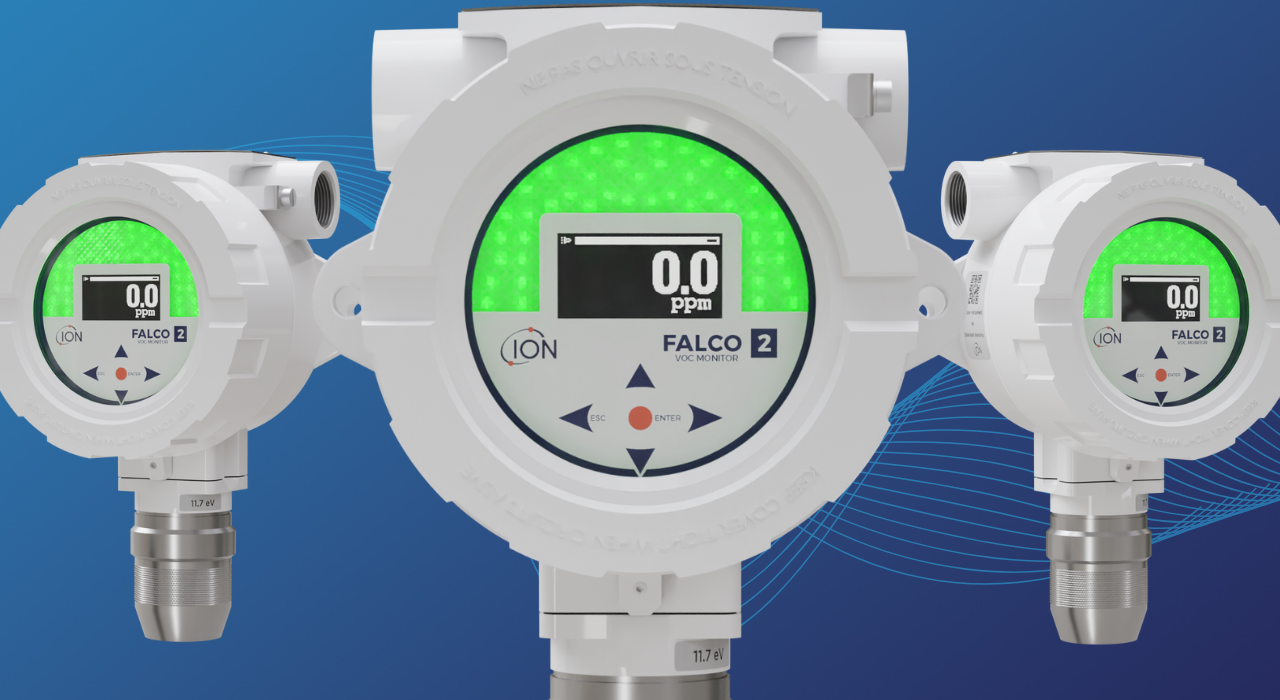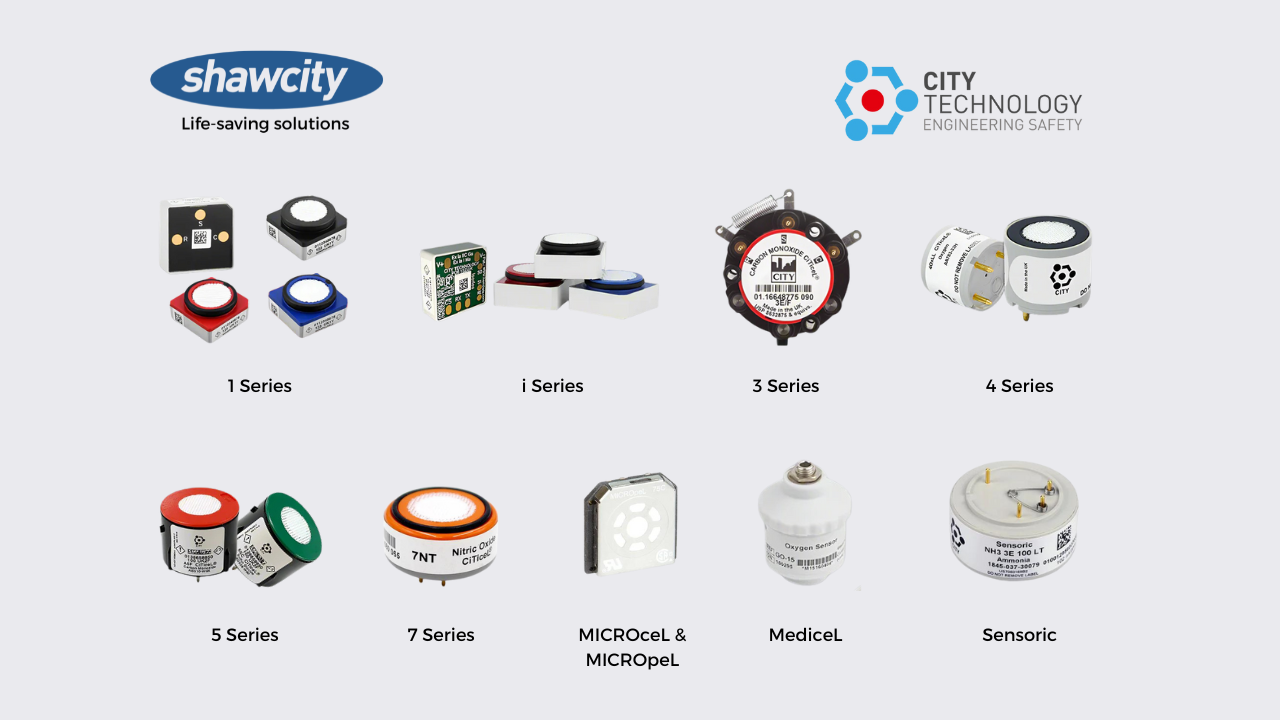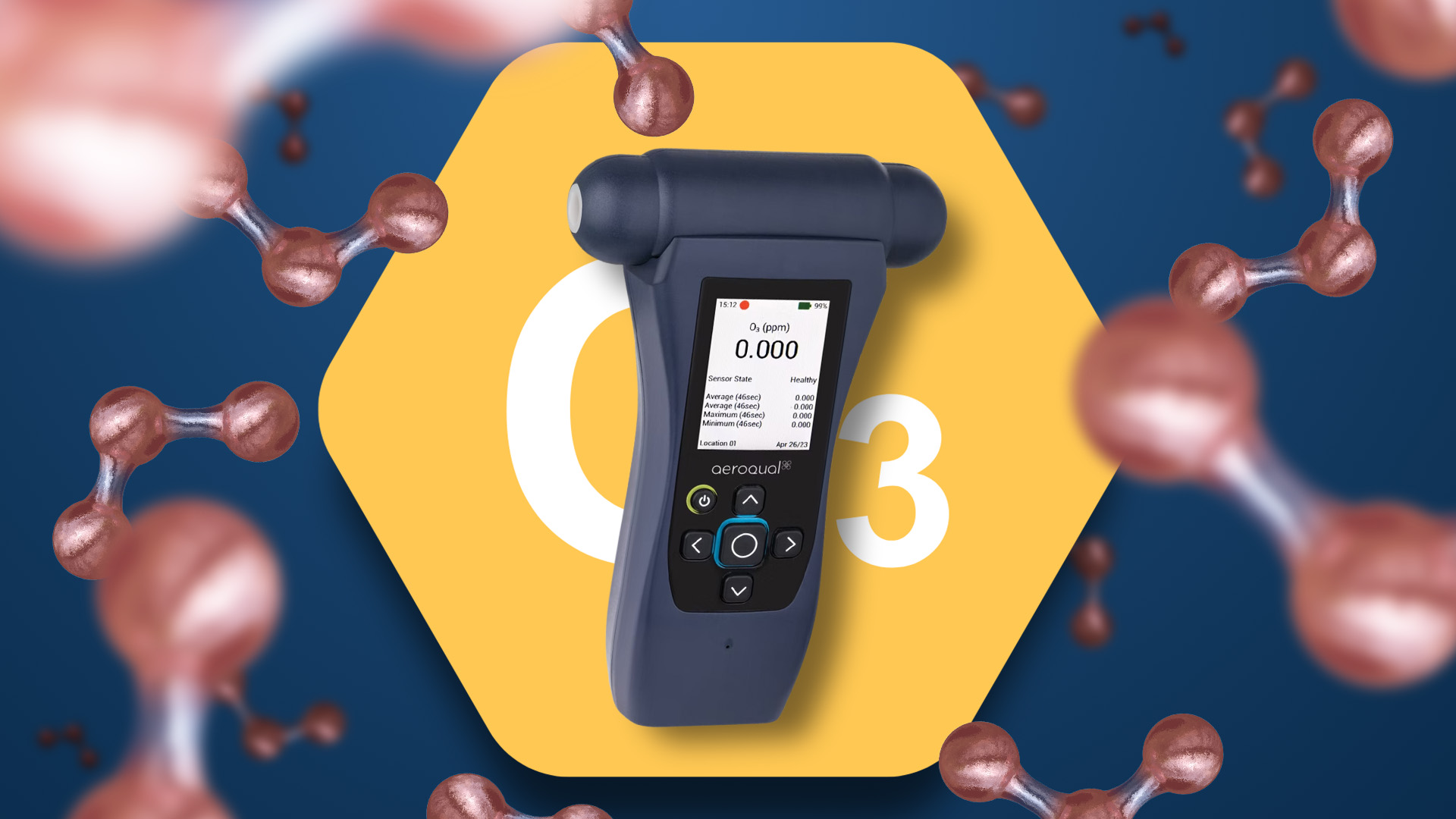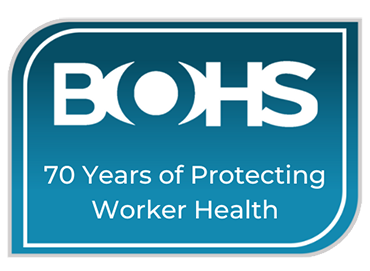Many workers use respirators or breathing apparatus to safeguard their health at work. These devices are collectively referred to as respiratory protective equipment (RPE). Respirators purify the air by filtering out harmful substances, while breathing apparatus (BA) supplies the worker with clean air to breathe from a tank.
RPE is designed to protect the wearer from breathing in harmful substances or from oxygen-deficient atmospheres when other controls are either not possible or insufficient on their own.
Here we explore the different types of RPE available to workers, when RPE should be used and what method of fit testing is required to ensure an accurate fit for each.
You can find further information regarding fit tests in the HSE Guidance on Respiratory Protective Equipment (RPE) fit testing – INDG479.
When should you wear RPE?
Work activities may result in harmful substances contaminating the air in the form of dust, mist, vapour, gas or fume. For example, when cutting materials such as stone or wood, using products containing volatile solvents, handling dusty powders and welding stainless steel.
Workers may also need to work in areas where oxygen levels are or may become low, for example, confined spaces, such as trenches, silos or tanks. Table 1 below, from the HSE, shows examples of the different forms of hazardous substances that require workers to wear RPE:

Respirator types
There are many types of RPE available, which are designed to protect the wearer from a variety of hazards across different industries.
RPE is also available in a range of sizes as people come in all shapes and sizes. One type or model will not be suitable for everyone, so wearers should be offered an adequate choice to ensure they can select a good fit.
According to the HSE, RPE must be both adequate and suitable:
Adequate – It is right for the hazard and reduces exposure to the level required to protect the wearer’s health.
Suitable – It is right for the wearer, task and environment, such that the wearer can work freely and without additional risks due to the RPE.
To select RPE that will protect the wearer, an understanding of the following issues is required: The hazardous substance/s and the amount in the air (exposure), the form of the substance in the air (e.g. gas, particle, vapour), the type of work being carried out and any specific wearer requirements, such as other PPE to be worn at the same time or a need for glasses.
Protection factors
Both workers and employers must ensure that the RPE selected can protect users from the hazardous substances in the air around them. This decision will depend on how much contaminant is in the air and its form (e.g. particles, vapour etc).
Various types of respirators and breathing apparatus are available, each offering a different level of protection called a protection factor. In simple terms, this is the ratio used to determine the level of hazardous substances outside the RPE to the amount inside the RPE.
To help users make the right choice, RPE is categorised by an assigned protection factor (APF). The APF is a number rating indicating how much protection RPE can provide. For example, RPE with an APF of 10 will reduce the wearer’s exposure by a minimum factor of 10 if used properly, so the wearer will only breathe in one-tenth or less of the amount of substance present in the air.
There are only a few number ratings used, so RPE APFs will be either: 4; 10; 20; 40; 200 or 2000. When calculating the protection factor, users should always choose an APF above the calculated value to ensure guaranteed protection from the mask.
When choosing an RPE device with an APF, check the following:
- Does the respirator safety data sheet provide advice on the required APF?
- Is there advice on the required APF in COSHH essentials?
- Does the substance have a prescribed workplace exposure limit (WEL)? If so, make sure the wearer is protected to a level below the WEL (see EH40 Workplace exposure limits).
Table 2 below from the HSE outlines the adequacy and suitability of different types of RPE including APF factors.

Respirator fit testing
If the RPE leaks it may be down to poor fit, so ensuring it is properly assessed for each individual is vital and a legal requirement in the UK. This process is known as Fit Testing. The test should be carried out at the mask selection stage before a particular type of respirator is used for the first time.
If the RPE does not fit, it will not protect the wearer. Fit testing helps to identify unsuitable facepieces that should not be used.
Qualitative fit testing (QLFT)
Qualitative fit testing (QLFT) is a pass/fail test based on the wearer’s subjective assessment of any leakage through the face seal region by detecting the introduction of bitter- or sweet-tasting aerosol as a test agent. QLFT methods are suitable for disposable and reusable half masks; they are not suitable for full-face masks. Although this type of test is based on subjective detection and response by the wearer of the RPE, it must be administered by a fit tester competent in using this method.
Quantitative fit testing (QNFT)
Quantitative fit testing offers two different types of technology: Controlled negative pressure (CNP) and ambient particle counting (APC) (also known as condensation nuclei counter (CNC). Both offer a numerical measurement or fit factor as to how well a respirator seals to the face, as opposed to qualitative fit testing where a simple pass or fail is based on the subject’s ability to taste a bitter or sweet aerosol agent.
CNP can be carried out in any environmental conditions, clean or dirty air, indoors or outdoors, as it measures the amount of air leaking out of the respirator when controlled negative pressure is applied. It has no contamination issues or consumables and therefore offers low maintenance and cost of ownership.
APC requires specific indoor test conditions as the instrument counts the number of particles inside the respirator compared to outside. If there is not enough particulate, the tester will introduce it artificially using salt fog or candles. APC requires maintenance due to contamination of the unit as well as a need for consumables, so incurs an ongoing cost of ownership.
Each fit-testing method offers different advantages. The BSIF’s Fit2Fit scheme has a series of guides explaining the different methods in detail: www.fit2fit.org.
Management and supervision
Employers are responsible for implementing and managing RPE selection. Support can be provided by internal or external health and safety professionals. They should also ensure those wearing RPE follow the measures put in place.
Some of the key factors for users of RPE to remember include:
- Users of tight-fitting facepieces should have passed a fit test for the particular RPE device they are using.
- Hair, glasses or other PPE can break the seal on tight-fitting facepieces, allowing the user to breathe in hazardous substances.
- Valves on reusable RPE need to be maintained and replaced.
Respirator fit testing solutions from Shawcity
As a pioneer in respirator fit testing, OHD developed the revolutionary CNP quantitative method currently available in their QuantiFit2 model. Robust out in the field and quick to set up, it is widely used by responsive teams who value portability and no environmental restrictions, including the FBI and the U.S. Navy.
OHD continues to innovate and has developed a new APC fit testing system. Their brand new AeroFit face fit test system (available to pre-order now) has been designed from the ground up to bring APC fit testing into the 21st century.
Improvements include quicker set-up, automated daily verification, searchable respirator lists, improved workflows and quieter operation. Additionally, no tablet or Bluetooth is required to fit the test with the AeroFit.
OHD are the only manufacturer worldwide to offer both types of quantitative fit testing technology. Both OHD systems are truly portable with a battery option (swappable between units) and share the same respirator adapters. They also both communicate with the same Logic software, so teams utilising both types of technology have ultimate flexibility at their fingertips, allowing testers to adapt quickly to each team or individual user preference.

Shawcity is the only fit-testing instrument supplier to offer both APC and CNP technologies in the UK and Ireland and is a member of ISRP Europe, BOHS, BSC, BSIF and their Registered Safety Supplier Scheme (RSSS). , catering for every customer’s needs. Each unit is available to purchase or hire and can be serviced in the UK, eliminating the need to send units back to the U.S. manufacturer.
For further information or to arrange a free consultation, product demonstration or site visit, contact the team on:
01367 899419
solutions@shawcity.co.uk
References.
Respiratory protective equipment at work: A practical guide HSG53, by the HSE
Guidance on respiratory protective equipment (RPE) fit testing - INDG479 – by the HSE
